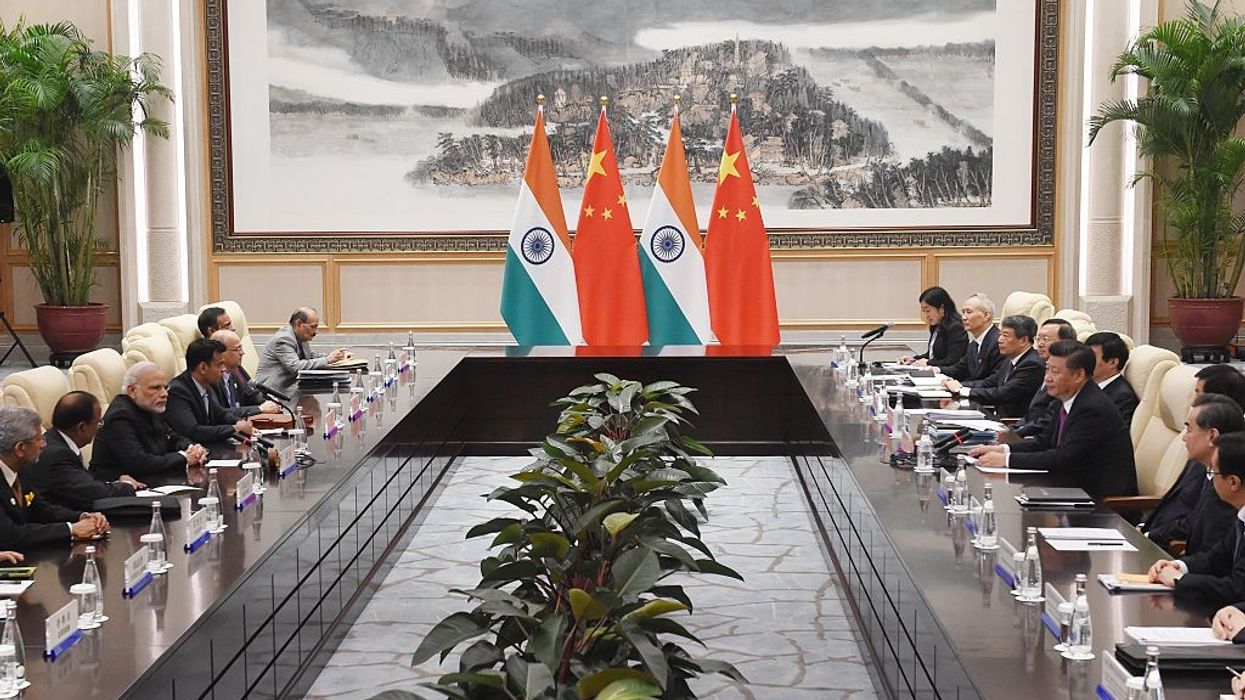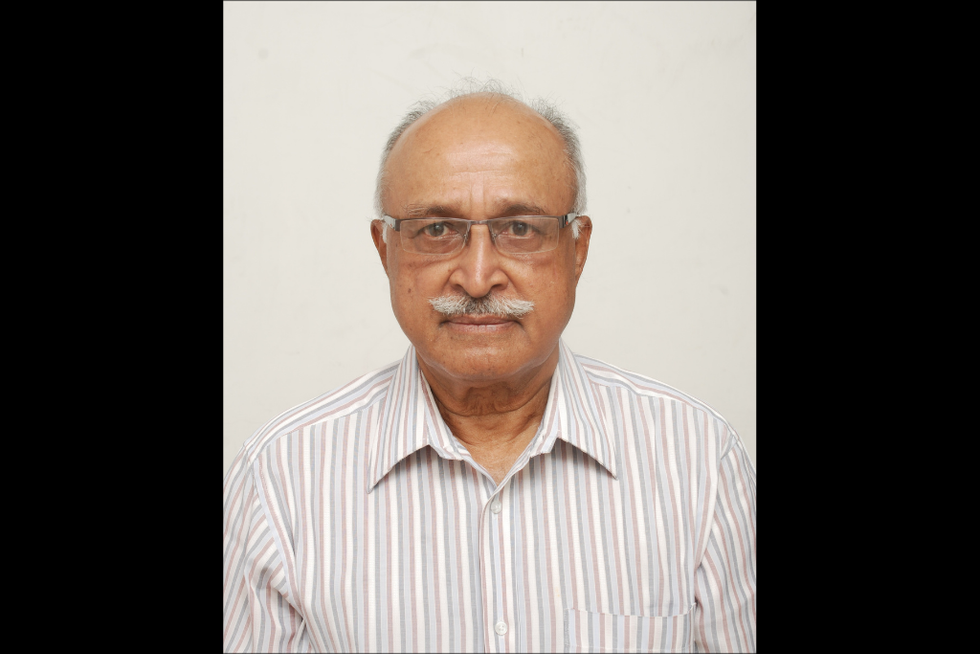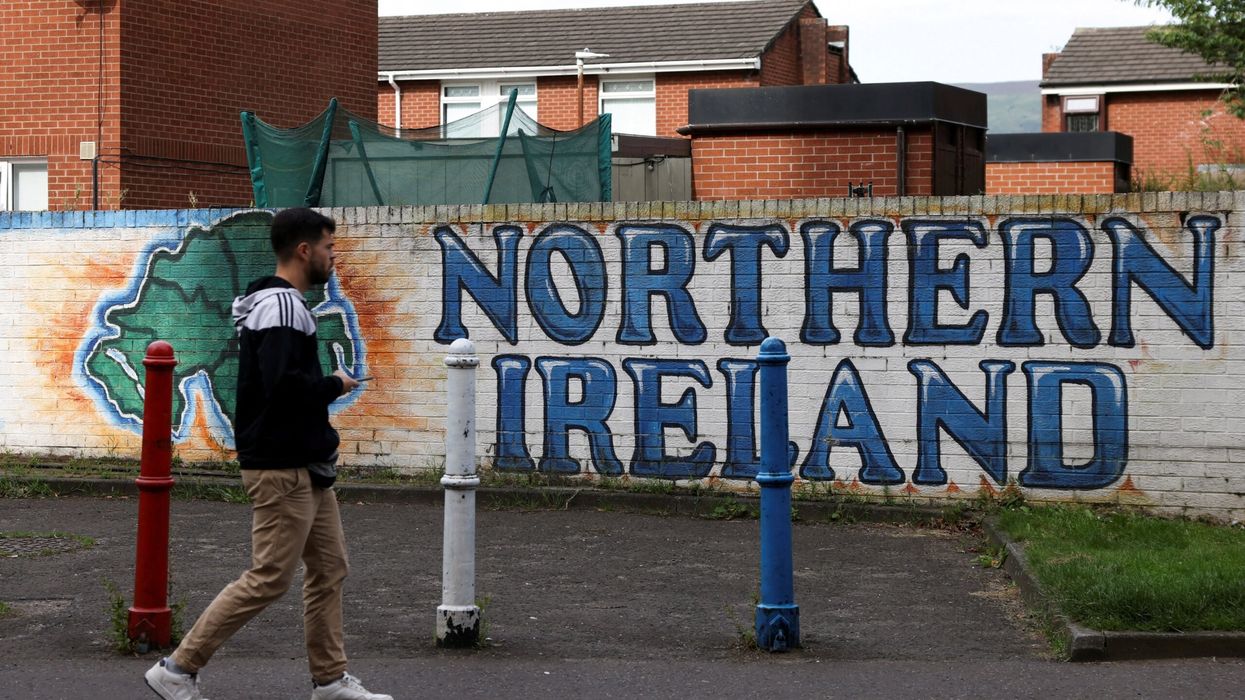THEY both are promising economies and with mammoth populations on either side of the border, these two neighbours can aspire to be world beaters in decades to come. But in reality, India and China have been more at odds than in unity. From border to political to geostrategic, the two nuclear-powered neighbours have found themselves embroiled in far too many disputes. The two countries had fought a war in 1962 which ended in favour of the Chinese while in the more recent past, they have come face to face over potential conflicts in Doklam and Ladakh. India Prime Minister Narendra Modi and Chinese President Xi Jinping have met time and again to defuse the tension but the impact has been found to be short-lived. Is there a realistic solution to India-China tussles and can the two countries focus on bringing a positive change to the world together?
Col R Hariharan (Photo by Col R Hariharan)
Eastern Eye took the opportunity to speak to Colonel Ramani Hariharan, a retired Indian Military Intelligence officer who served in the army for nearly three decades. As a military intelligence specialist, Col Hariharan has worked in times of the India-Pakistan War in Kutch in 1965, the Bangladesh Liberation Struggle (1971) and counter-insurgency operations in several states in north-east India. He was also the Head of Intelligence of the Indian Peace Keeping Force in Sri Lanka (1987-90) for which he was awarded the Vishist Seva Medal. After his retirement, Col Hariharan has been writing on strategic security issues in national and international print and electronic media. He has also been a visiting faculty in analysis and communication in the Indian Institute of Management (IIM), Indore, and IIM, Raipur. He is currently also associated with the Chennai Centre for China Studies, India, as a strategic security and intelligence analyst.
Here is what Col Hariharan told Eastern Eye on various aspects of India-China relations and what is in store.
EE: The UK Telegraph recently reported that both India and China are mobilising forces at their border once again in the fear of a new conflict. Could there be a possibility of the two neighbours renewing their border rivalry in the middle of a pandemic?
Col Hariharan: Both India and China have already mobilised the forces along the Line of Actual Control (LAC) in eastern Ladakh after the Galwan incident in June 2020. As agreed in the 11th round of talks between the two sides, Indian troops were pulled back from Kailash Range and Chinese troops from Finger 5 to 8 of ridges overlooking the South and North banks of Pangong Tso Lake, respectively. However, Chinese have not pulled back troops dominating the Depsang Plains. Therefore, the de-escalation that had taken place has left the border situation in a half-way house. As the troops on both sides are fully mobilised and disengagement has not been completed, the possibility of another flare-up exists theoretically.
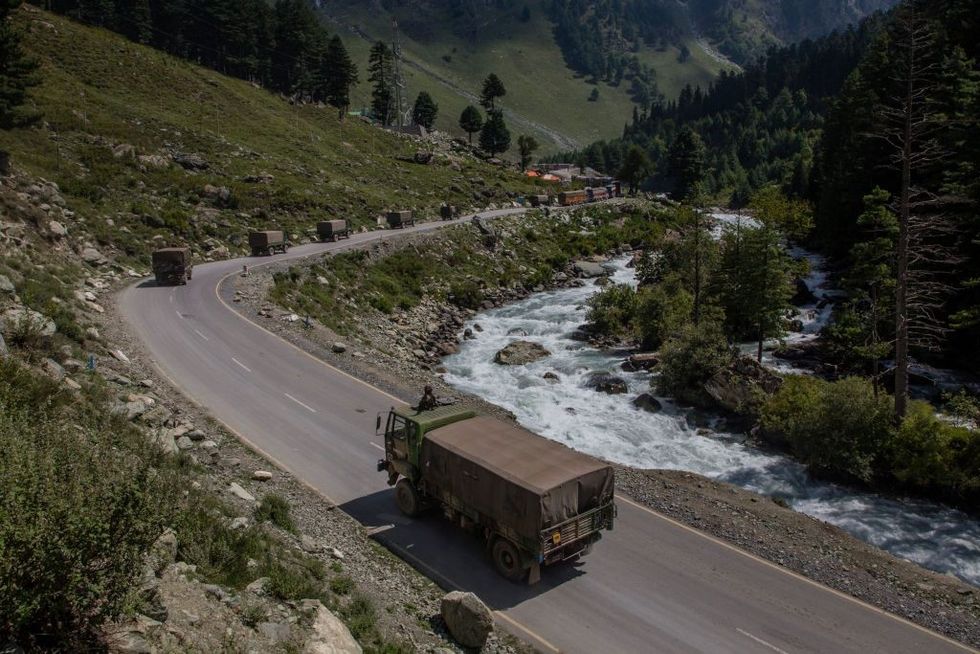
Both sides are probably prepared to handle the possibility of a fresh flare-up but their operational readiness precludes chances of a surprise clash of the Galwan type. The Chinese are said to rotate troops for high altitude acclimatisation and are qualitatively improving their armament. This would indicate they are preparing for a long haul. As summer sets in, patrolling by both sides will increase. Both sides will have be extra cautious lest any precipitate step could lead to a confrontation. Of course, as Indian Army chief General manoj Mukund Naravane has indicated, India is well prepared for such an eventuality.
The Chinese do not seem to be in any hurry to go through with the disengagement of troops, that was agreed upon, So, hopefully we can expect the present phase of ‘armed peace’ to continue.
EE: China’s India policy has been baffling for many. While some of its hawkish media outlets and academics blame India for making things worse at the border, politico-diplomatically, Chinese representatives tend to speak more softly on India, stressing the two neighbours’ friendly relations. Is there a definite thinking behind this pattern?
Col Hariharan: For too long, India had been bending over backwards to accommodate even whimsical actions of China, like insisting on a stapled visa for people of Jammu & Kashmir. Trespassing the LAC in Ladakh had become a habit for Chinese border troops, particularly on the eve of Chinese dignitaries’ visits to India, i.e., Prime Minister Li Keqiang in May 2013 and President Xi Jinping in September 2014. When China was facing the Covid virus threat, Chinese troops occupying Indian territory across LAC served as a useful political diversion for President Xi. Lt Gen Palepu Shankar supports this theory with the observation that the intruding troops came in non-operational formation.
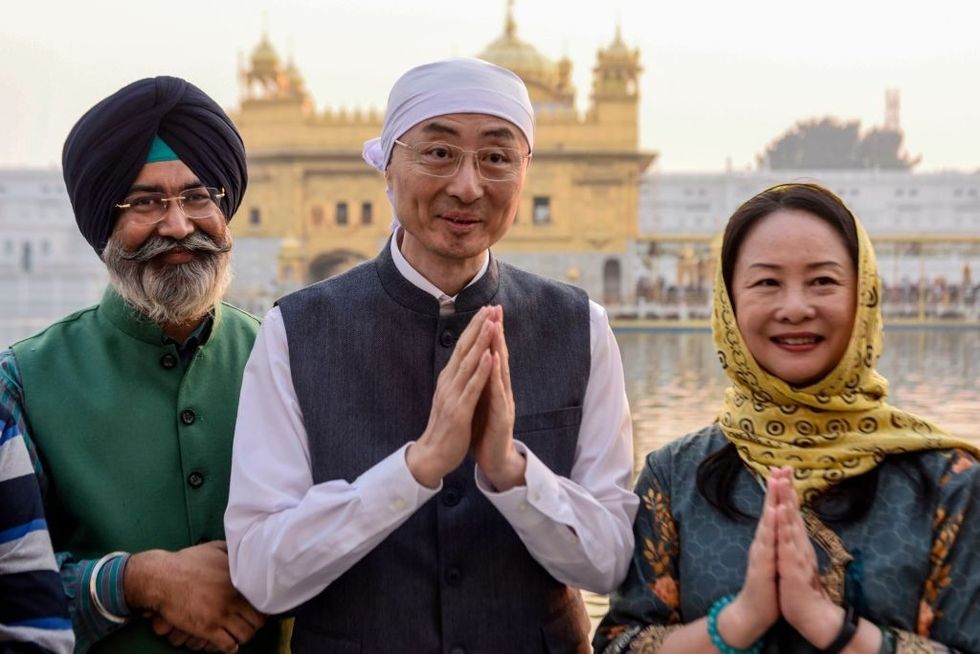
It was evident that the Chinese had underestimated India’s strong response that triggered the Galwan Valley incident in May 2020 and fast mobilisation of troops. When they dilly-dallied in high-level talks to ease the situation, Indian troops surprised the Chinese by carrying out a silent operation to occupy the Finger ridge in North and the Kailash Range in the South of Pangong Tso. This was probably China’s moment of truth to realise the futility of such an adventure.
The Galwan incident was also, probably, PM Modi’s moment of truth as it showed that President Xi was ready to further Sino-Indian rivalry only on his own terms. This left India with few options but to join the ‘Quad’ grouping (of the US, India, Japan and Australia) coming up to coordinate the response to China’s rapidly increasing strategic challenge in the Indo-Pacific region.
Despite the souring of India-China relations and PM Modi launching the ‘Atmanirbhar’ (self-sufficiency) schemes, to wean away dependence on Chinese imports, China has emerged as India’s No 1 trading partner worth $77 billion in 2020-21. This must have reminded China that India continues to remain one of the largest market places for its goods, even when the world was reeling under Covid pandemic. So probably, the Chinese diplomats have been advised to soft pedal their rhetoric against India.
EE: Indian leaderships in the past made efforts to better relations with China despite a perennially mutual suspicion. Rajiv Gandhi tried in the 1980s and AB Vajpayee in the 2000s. Has PM Narendra Modi considered a similar strategy in dealing with China in the last seven years? He has been found making friendly gestures at Beijing time and again but have they been more flashes in the pan than a concrete policy?
Col Hariharan: As the saying goes, it takes two to tango. It is true that India had been trying to build bridges with China, since the 1980s. But the border issue and continued illegal occupation of Indian territory continue to be the elephant in the room in fully actualising the India-China relationship.
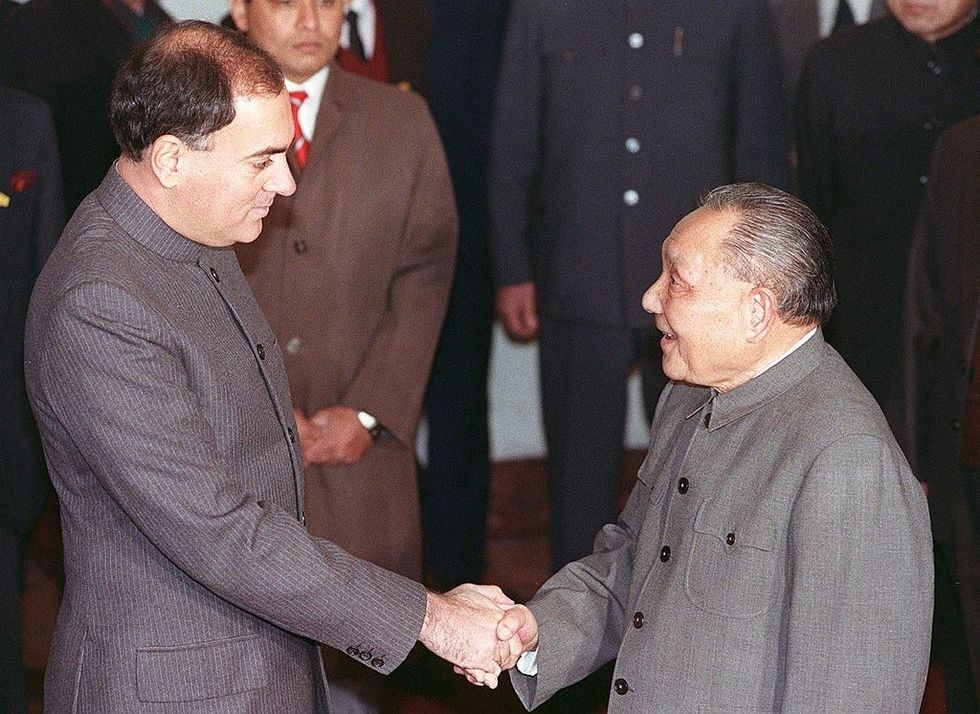
However, China seems to be in no hurry to resolve the border issue. Twenty-two rounds of talks have been held on the border issue. This shows that mending relations with India is not a priority for China. Even the modalities of conduct for border troops to avoid confrontation along the disputed border did not prevent the Galwan clash.
The writing on the wall is clear; China wants India to set aside the border dispute in its process of furthering bilateral relations. For India resolving the territorial dispute relates is germane to a win-win relationship with China. So, India can only make the best out of a bad situation, in building cordial relations with China.
EE: Nepal has sought vaccine aid from China after India faced a devastating Covid outbreak this year. Given the talks about ‘Vaccine Maitri’ that India asserted, is this major foreign policy debacle that could only help the Chinese in India’s neighbourhood?
Col Hariharan: I don’t agree that India’s “Vaccine Maitri” initiative has failed. Under this programme, India has exported more than 66 million doses of Covid-19 vaccine to 95 countries worldwide. Of these, 10 million doses were grants from the government, 20 million doses were sent as part of the global COVAX facility and the rest 36 million were commercial exports.
However, the government did not anticipate the second wave and PM Modi during his January 29 speech at the Davos forum prematurely said the country had won the war on Covid-19. This took the shine off the Maitri programme.
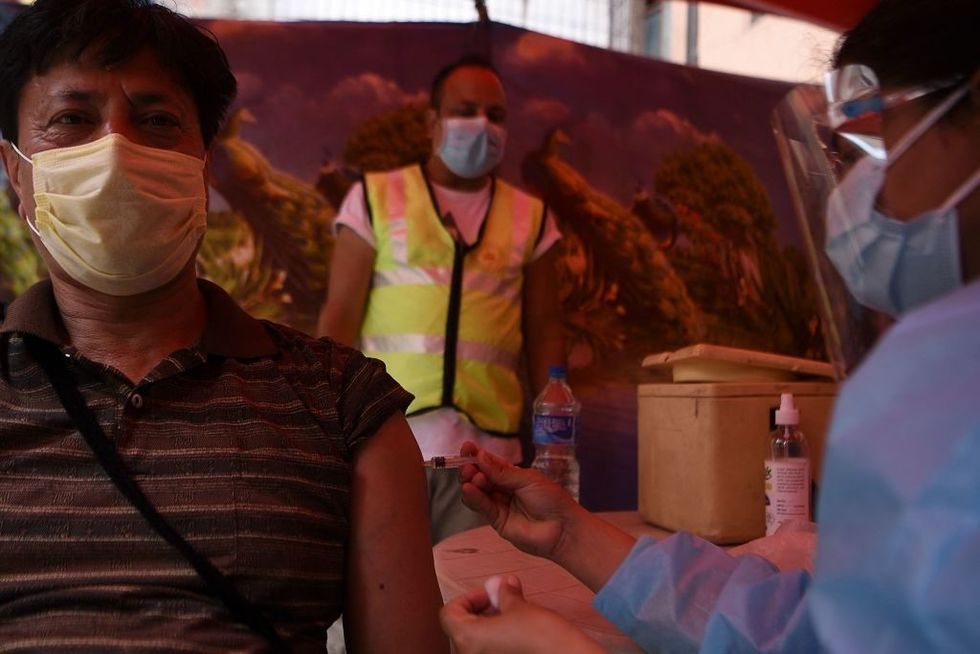
However, the programme is not related to only supply of vaccine from India. India has sent medical teams and Covid kits abroad wherever needed. India, along with South Africa, has taken the initiative with WTO for waiver of intellectual property rights to manufacture of Covid vaccines. Overall, India’s ‘Vaccine Maitri’ initiative has been commended by the WHO as well as the UN.
When it comes to Nepal, the Covid vaccination campaign in the country was launched in January 2021 with one million doses of Covishield vaccine gifted by India. Nepal was the first country to benefit from the COVAX initiative in Asia. Under this initiative, Nepal received 380,000 doses of vaccine from India in May 2021.
As against this, China had provided 800,000 doses of Sinopharm BBIBP-CorV vaccine, in March 2021. President Xi Jinping has announced in May 26 that China would provide a million doses of Sinopharm vaccine to Nepal as grant in aid. Unfortunately for China, Sinopharm vaccine has not been very successful. In fact, countries like Brazil and the UAE which had received the vaccine from China, had found it to be ineffective. Even Sri Lanka which received a gift of 300,000 doses of Sinopharm vaccine, deferred its use for months as it had not received the documentation about the vaccine. Overall, I would not rate China’s vaccine diplomacy as a great success.
EE: The Joe Biden administration has brought the focus back on Quad to take on China but India has been less enthusiastic about it. Do you think Quad really has a chance in bringing together an anti-China platform? For India, which is the only Quad nation sharing a border with China, should handling China unilaterally suit more than in a strategic unison?
Col Hariharan: The Quad was formed to ensure a free and open international order based on the rule of law in the Indo-Pacific. It is no doubt China-centric, because Quad members are being challenged in the region by China in many ways. That is why the Quad summit also spoke of other issues like climate change, counter terrorism, critical technologies and disaster relief.
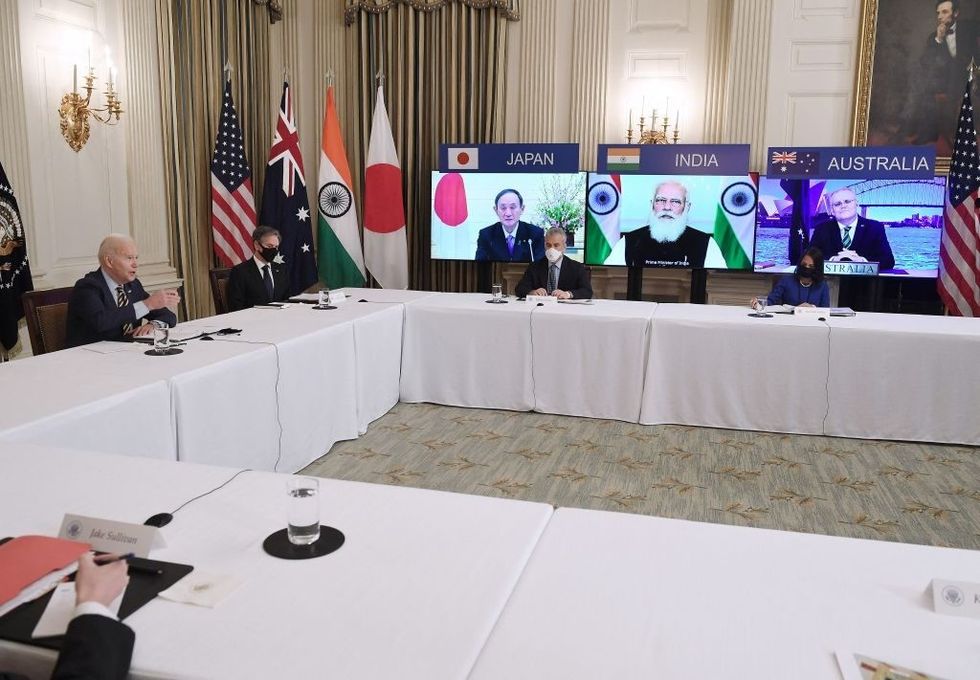
Since India is the only country sharing a long land border with China, its role in the Quad will be unique. As a dominant naval power in Indian Ocean segment of the Indo-Pacific, India has a pivotal role as it has the capability to interdict international sea lanes at choke points.
As External Affairs Minister Dr Jaishankar said in April 2020, the Quad meets India’s aspiration of becoming “a stabilising power”. He called India’s present foreign policy as “India Way” to bring India’s capacities for global good to provide security and connectivity and firmly dealing with global challenges. India would be a “decider or a shaper” than “abstainer” on issues like climate change and connectivity.
Though India had been proud of its strategic autonomy, joining the Quad indicates India’s readiness to adapt it to the strategic needs of the “India Way”. As Dr Jaishankar says, the world is moving towards “multipolarity, rebalancing and plurilateralism. Shared values and comforts are creating new combinations”.
It is inevitable the “India Way” would be tested during the country’s participation as an active member of the Quad. On the other hand, India’s hands are now strengthened by the value addition Quad members bring in. Quad initiative is unlikely to become a military alliance like NATO. But it has enough clout to be a cause for concern for China in managing strategic security in the Indo-Pacific. This is evident from its shrill response to the Quad, and the “warning” it keeps dishing out to other Indian Ocean countries about it.
EE: Finally, what are the prospects of India-China relations’ future under the leaderships of two strongmen – Modi and Xi Jinping? Would they be enemy or friends or frenemies at the best?
Col Hariharan: The two leaders are strong personalities accustomed to force their way through complex situations. Both of them have no hesitation in taking decisions to achieve their goals. It does not matter to either of them whether they are friends or enemies, if they set their mind to achieve their goal. Both of them bring their own political compulsions when they deal with each other.
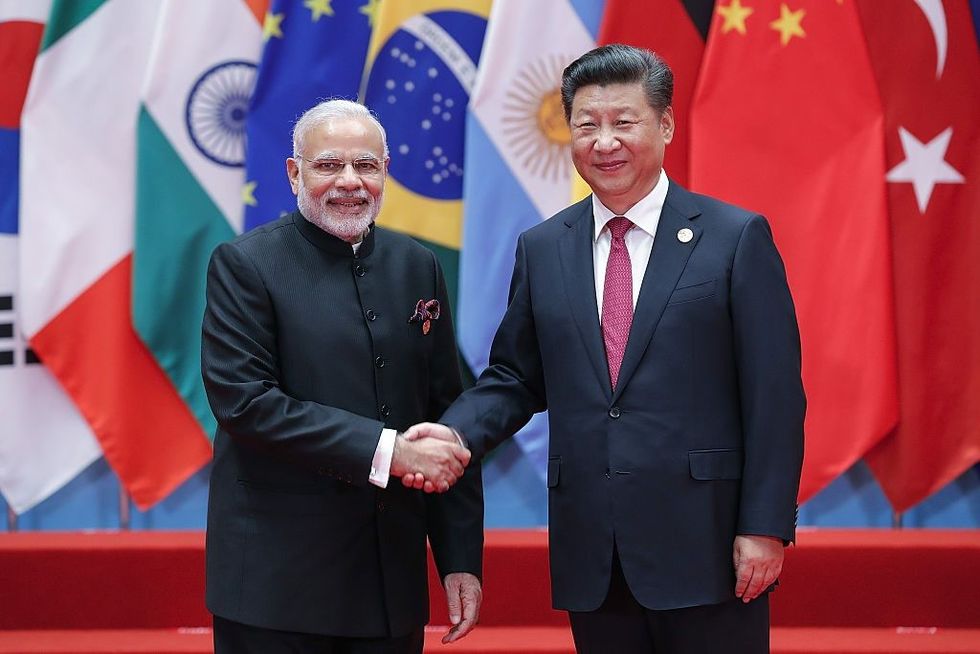
President Xi is poised to get a further extension of his term as General Secretary of the CCP and President in 2022. According to some reports, like Mao Zedong, he may become a lifetime occupant of the supreme authority. His muscular response to enforce China's writ in Hongkong, and continuing show of force in South China Sea against Taiwan, Japan and Philippines and even Malaysia has whipped up nationalist fervour in China. This will stand him in good stead when his election comes up in 2022.
However, the Covid pandemic has delayed President Xi’s quest to realise his Chinese Dream, through the Belt and Road Initiative (BRI) infrastructure link between China with the rest of the world. This is affecting Xi’s strategic moves to wrest the leadership role from the US and its allies to create a new world order.
On other hand, the Covid pandemic has put paid to PM Modi’s dream of making India a multi-trillion economy. In 2022, he will have to sell the BJP story afresh to win the Assembly elections in eight states, including Punjab, UP, Gujarat and Himachal Pradesh.
In my reading, under these circumstances, both the leaders would probably avoid getting involved in a messy long-drawn conflict along the LAC, with uncertain results.
Chinese Ambassador to India Sun Weidong’s latest statement in New Delhi that India and China “should respect each other, treat each other as equals, conduct dialogue and consultation and properly address the differences to find a mutually acceptable solution” describes the Chinese attitude best. India also would probably go along with it, as it suits the country limping back from the Covid pandemic.
